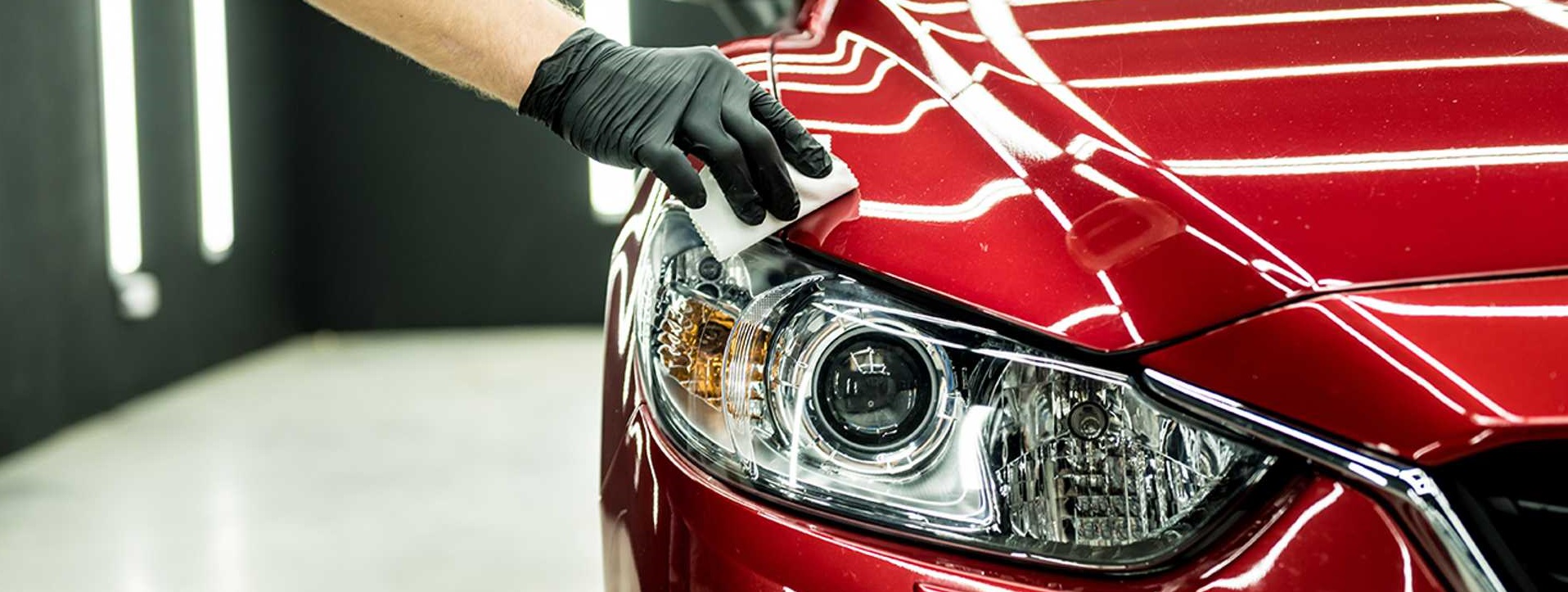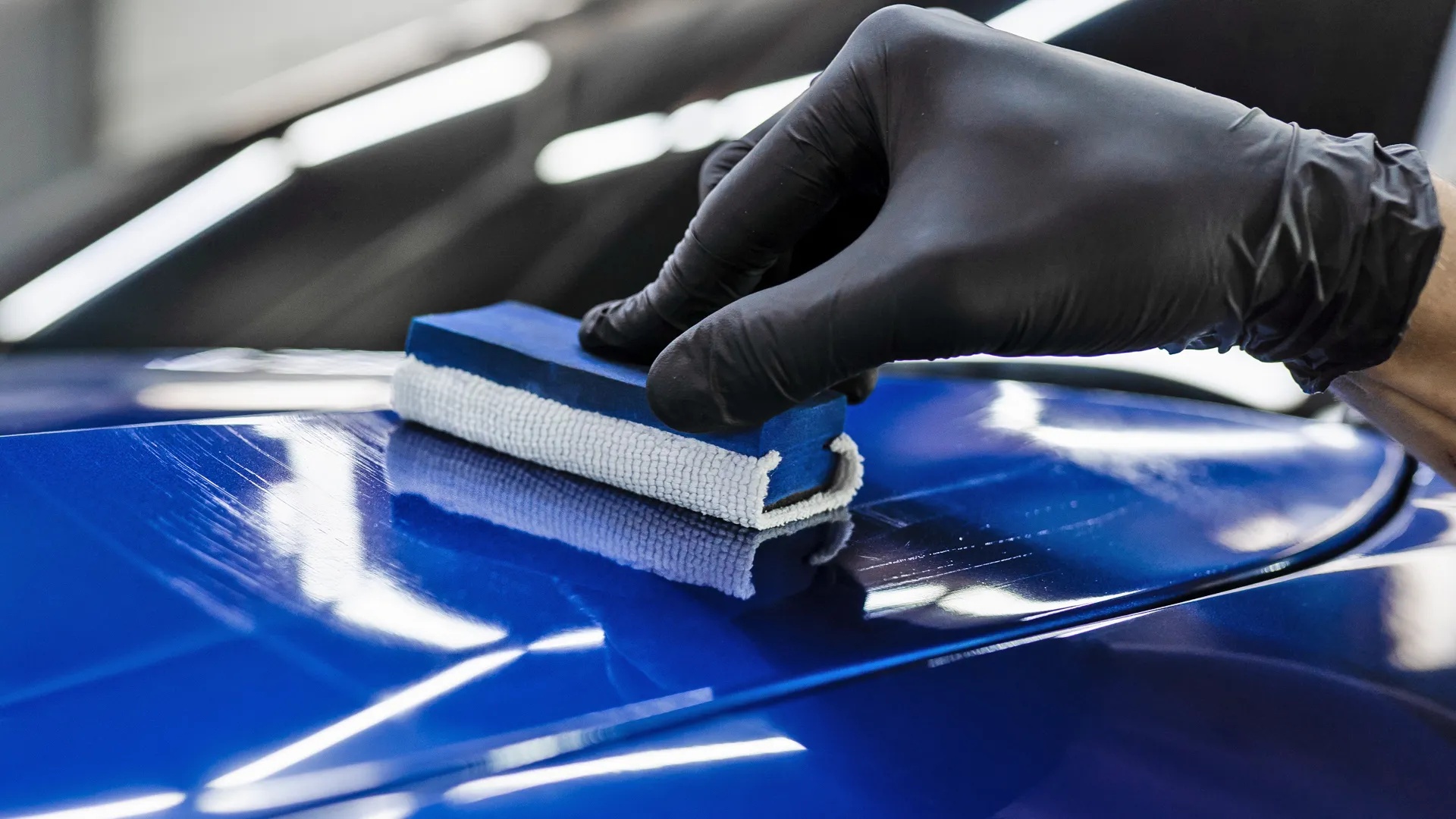Cost-Effective Ceramic Coating Philadelphia Solutions for Elegant Finishes
Cost-Effective Ceramic Coating Philadelphia Solutions for Elegant Finishes
Blog Article
Why Ceramic Finish Is the Ultimate Remedy for a Remarkable End Up
Ceramic finish has arised as a leading service for those seeking a remarkable surface for their vehicles, thanks to its exceptional longevity and protective features. What aspects genuinely set ceramic finishing apart?
What Is Ceramic Layer?

When applied properly, ceramic finish develops a hydrophobic surface that fends off water and dust, making it less complicated to preserve and clean. Unlike typical waxes or sealers, which usually provide short-lived security, ceramic coverings can last for numerous years, depending on the product high quality and application method. The process of applying ceramic finishing needs thorough preparation, including complete cleansing and often paint adjustment, to make sure ideal bonding and effectiveness.
Ceramic coatings are not limited to automobile surfaces; they can likewise be used on various products, including glass, steel, and plastics, offering a versatile remedy for enhancing defense. In general, ceramic coating represents a considerable advancement in surface area defense innovation, incorporating both visual and practical advantages for a vast array of applications.
Advantages of Ceramic Finishing
While numerous surface defense options exist, the advantages of ceramic layer stand apart because of its one-of-a-kind buildings and long-lasting performance. Among the main benefits is its remarkable toughness. Ceramic Coating Philadelphia. Unlike standard wax or sealants that call for regular reapplication, ceramic coverings offer a resistant layer that can last for several years, dramatically reducing upkeep efforts
One more significant advantage is improved protection against environmental pollutants. Ceramic coverings develop a hydrophobic surface area that pushes back water, dirt, and various contaminants, making it easier to cleanse. This feature not just preserves the car's appearance yet likewise reduces the risk of rust and oxidation, specifically in harsh weather.
Additionally, ceramic coverings offer superior resistance to UV rays, stopping fading and degradation of paint in time. This UV defense is essential for preserving the aesthetic value of lorries and surfaces revealed to direct sunlight.
Additionally, the glossy coating achieved with ceramic finish boosts the total visual allure, providing surface areas a showroom-quality sparkle. Generally, ceramic finishings represent a considerable advancement in surface area security modern technology, giving long-lasting advantages that accommodate both useful and aesthetic needs.
Just How It Functions
Understanding the scientific research behind ceramic coverings exposes how they offer such exceptional security and long life. At its core, a ceramic coating is a fluid polymer that chemically bonds with the vehicle's factory paint. This bonding develops a safety layer that is both oleophobic and hydrophobic, repelling water, dirt, and oil. The primary part of most ceramic finishings is silicon dioxide (SiO2), which is acquired from quartz. This compound adds to the layer's solidity and resistance to scratches, UV rays, and ecological contaminants.
The application procedure includes multiple steps, consisting of surface prep work, which is vital to attaining optimal adhesion. Once applied, the finish undergoes a curing process, throughout which it hardens and develops a semi-permanent bond with the paint surface. This bond is what differentiates ceramic coverings from conventional waxes and sealants, giving a longer-lasting protective barrier that can endure for years.
Moreover, the density of the finish can improve its protective top qualities, making sure that it can hold up against harsh problems. Inevitably, the scientific research of ceramic finishes incorporates innovative products with innovative application strategies to deliver an unmatched degree of protection and visual enhancement for automobiles.
Contrast With Typical Approaches
When compared to standard paint protection methods such as waxes and sealants,The advantages of ceramic finishings end up being particularly obvious. While waxes provide a short-lived shine, generally lasting a few weeks to a number of months, ceramic finishings give a lasting protective layer that can sustain for a number of years. This resilience dramatically decreases the regularity of reapplication, making ceramic coatings an extra cost-effective option in time.
Furthermore, traditional techniques this article often need considerable prep work and numerous applications to attain a satisfying level of security. On the other hand, ceramic coatings bond at a molecular level with the vehicle's surface, developing a durable shield versus environmental impurities like UV rays, acid rain, and roadway salts. This bond enhances the automobile's resistance to scrapes and swirl marks, which are widespread with standard waxes and sealants.
In addition, the hydrophobic residential or commercial properties of ceramic finishings repel water and dust, causing easier cleaning and upkeep. In contrast, wax and sealant-treated surfaces can attract grime, requiring even more frequent cleaning - Ceramic Coating Philadelphia. In general, ceramic coatings not only offer remarkable security yet also deliver a much more enduring and visually enticing surface, establishing them as the preferred selection for discerning vehicle owners
Application and Upkeep Tips

Using a foam applicator, apply the finish in little areas, complying with the supplier's guidelines relating to thickness and overlap. Enable enough curing time in between coats, generally 24 hr, to guarantee appropriate bonding. After application, it is vital to prevent exposure to water or severe components for a minimum of a week to allow the coating to totally cure.
For maintenance, wash the automobile on a regular basis with pH-balanced soaps and prevent unpleasant materials. Touchless vehicle washes are recommended to decrease damaging. Furthermore, utilizing a ceramic maintenance spray can boost the coating's hydrophobic homes and long life. Routine assessments for any indicators of wear will certainly aid keep the finishing's stability useful site and maintain that beautiful surface.
Final Thought
In verdict, ceramic finish emerges as a superior choice for achieving a flawless vehicle finish. By developing a durable bond with factory paint, ceramic layer properly guards versus scratches, UV rays, and ecological contaminants.

Report this page